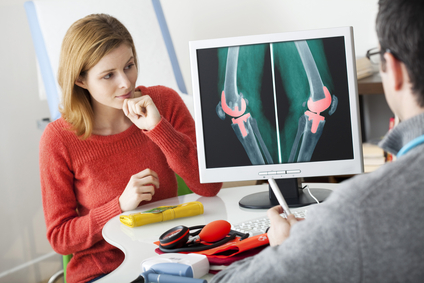No Time for Exercise? Let’s Do the Math!
Time, time, time. There never seems to be enough. This is especially true for busy executives and business travelers, not to mention parents, coaches, teacher, doctors, nurses… well, just about everyone in this over-scheduled world. Unfortunately, when Mr. Timecrunch visits, it’s usually our health that picks up the tab.



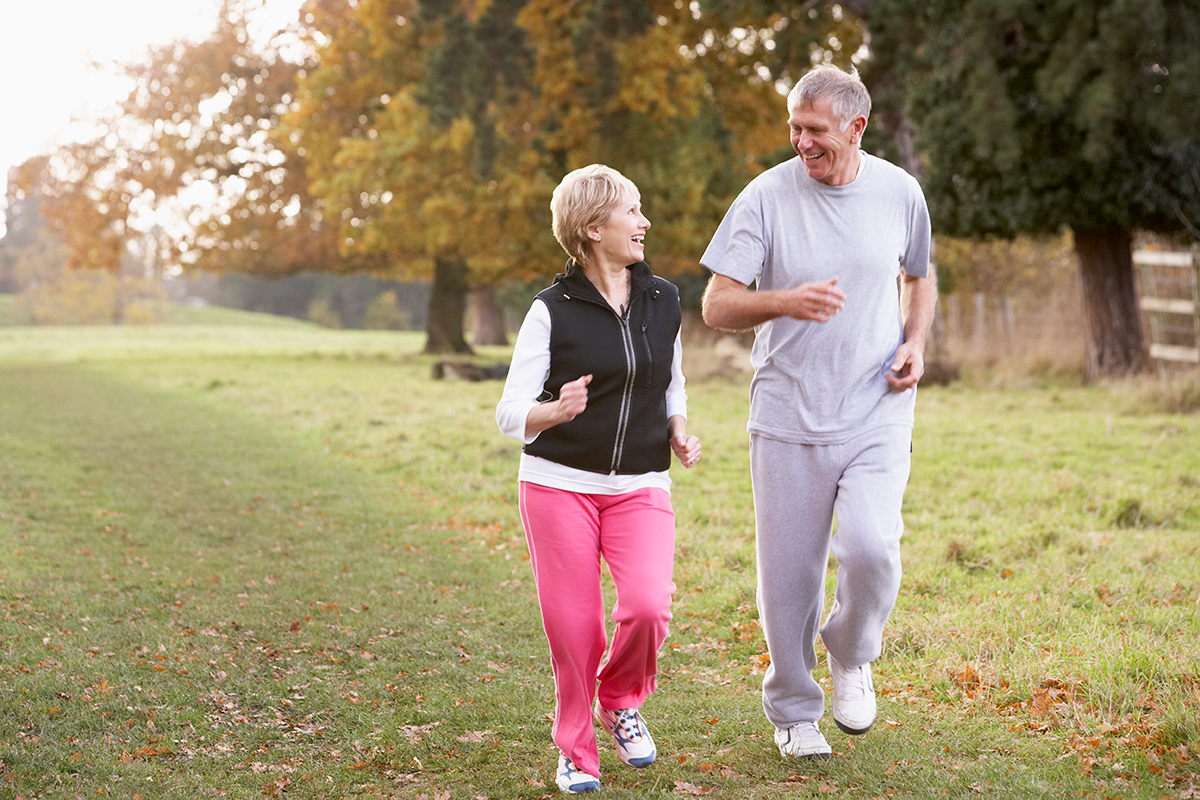

 Planet earth really should be called the water planet. 71% of the earth’s surface is covered with water. Also, when you explore land, air, and sea, it becomes quite obvious that perhaps the most interesting world lies under the water. An ecosystem so diverse, expansive and fascinating.
Planet earth really should be called the water planet. 71% of the earth’s surface is covered with water. Also, when you explore land, air, and sea, it becomes quite obvious that perhaps the most interesting world lies under the water. An ecosystem so diverse, expansive and fascinating.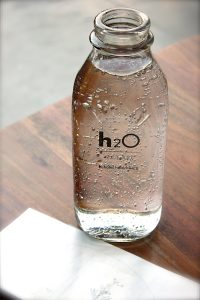 Your goal it a minimum of 8- eight oz glasses (2 quarts) of water a day. Try to get it in earlier in the day so that you are not visiting the bathroom all night. There may even be added health benefits to drinking a full glass of water
Your goal it a minimum of 8- eight oz glasses (2 quarts) of water a day. Try to get it in earlier in the day so that you are not visiting the bathroom all night. There may even be added health benefits to drinking a full glass of water 
 Lately I can’t go to the gym without someone coming up to me looking for advice because in their efforts to remain fit and active they have hit a roadblock. Something hurts- a sore knee, achy shoulder or bad back that goes out more than they do. Ditto for my practice where I have seen a significant increase in exercise related ailments. I should give out orthopedic frequent flyer miles.
Lately I can’t go to the gym without someone coming up to me looking for advice because in their efforts to remain fit and active they have hit a roadblock. Something hurts- a sore knee, achy shoulder or bad back that goes out more than they do. Ditto for my practice where I have seen a significant increase in exercise related ailments. I should give out orthopedic frequent flyer miles.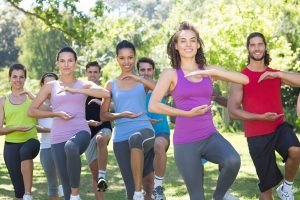 Step 2 thru 7 allow you to customize a program for your unique frame (based on the self-test and your own history) focusing on balanced workouts, frame-friendly nutrition and the important role of recovery and mindset. The program combines healing and restorative methods from the worlds of rehabilitation, martial arts, and yoga in a way never presented before. A “troubleshooting” section teaches you how to prevent, treat and safely work (out) around the “Top 20” sports medicine ailments from tendinitis and knee problems to back pain and pinched nerves. I also offer an insiders view of safely navigating the healthcare system, including a look into the very promising future for those with stubborn musculoskeletal issues. Most importantly, I use stories, drawn from my experience treating many wonderful athletes, entertainers and my many patients to help you better understand, and listen to your body- so that you can extend the warranty on your frame and it will be there for you when you go the distance. Remember,
Step 2 thru 7 allow you to customize a program for your unique frame (based on the self-test and your own history) focusing on balanced workouts, frame-friendly nutrition and the important role of recovery and mindset. The program combines healing and restorative methods from the worlds of rehabilitation, martial arts, and yoga in a way never presented before. A “troubleshooting” section teaches you how to prevent, treat and safely work (out) around the “Top 20” sports medicine ailments from tendinitis and knee problems to back pain and pinched nerves. I also offer an insiders view of safely navigating the healthcare system, including a look into the very promising future for those with stubborn musculoskeletal issues. Most importantly, I use stories, drawn from my experience treating many wonderful athletes, entertainers and my many patients to help you better understand, and listen to your body- so that you can extend the warranty on your frame and it will be there for you when you go the distance. Remember, 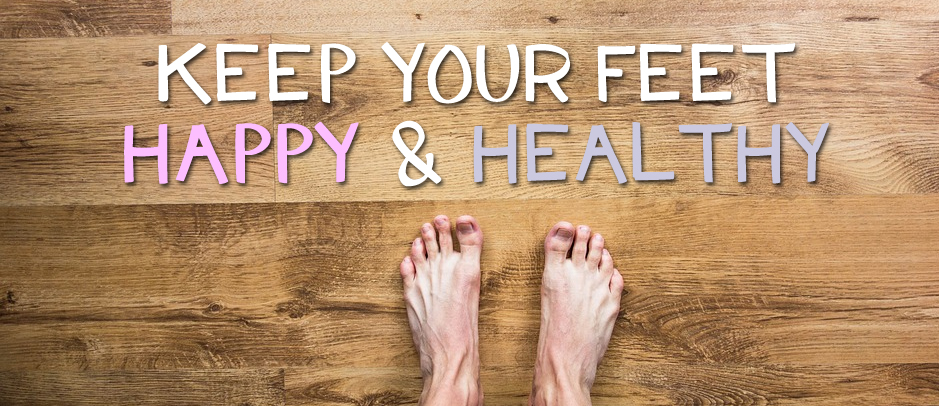
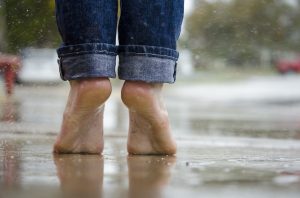 It’s pretty amazing that we all don’t suffer with achy feet. Leonardo Da Vinci, artist and engineer, said that “the human foot is a masterpiece of engineering and a work of art”. According to The American Academy of Orthopedic Surgeons, each foot has approximately 100 working parts including 26 bones and 33 joints. Twenty-five percent of all the bones in your skeleton reside in your feet, and they work hard. One mile of walking places over 60 tons of stress on each foot. The average person walks approximately 1000 miles per year. Serious runners often log 30 miles per week pounding their feet with forces 3 to 5 times body weight, absorbing 110 tons per foot, for each mile they run. It’s no wonder that 20% of all musculoskeletal related office visits involve the foot and ankle area. Foot problems cost the U.S. approximately 3.5 billion dollars a year. Perhaps Leonardo should have also warned us that artistic and durable do not often go together.
It’s pretty amazing that we all don’t suffer with achy feet. Leonardo Da Vinci, artist and engineer, said that “the human foot is a masterpiece of engineering and a work of art”. According to The American Academy of Orthopedic Surgeons, each foot has approximately 100 working parts including 26 bones and 33 joints. Twenty-five percent of all the bones in your skeleton reside in your feet, and they work hard. One mile of walking places over 60 tons of stress on each foot. The average person walks approximately 1000 miles per year. Serious runners often log 30 miles per week pounding their feet with forces 3 to 5 times body weight, absorbing 110 tons per foot, for each mile they run. It’s no wonder that 20% of all musculoskeletal related office visits involve the foot and ankle area. Foot problems cost the U.S. approximately 3.5 billion dollars a year. Perhaps Leonardo should have also warned us that artistic and durable do not often go together.
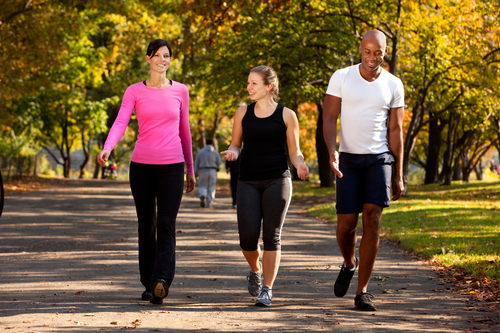 When it comes to the body’s adaptability and recovery response, the key is not pounding your body the same way everyday. Also follow the 10% rule-never increase your program (i.e. the amount of weight lifted or miles logged) more than 10% per week. This especially true when coming off an injury. Trying to make up for lost time courts disaster. Increasing the intensity, duration or frequency of your workouts too rapidly can interfere with your body’s amazing ability to adapt, resulting in overtraining, injury or both. Also there are new technologies like the
When it comes to the body’s adaptability and recovery response, the key is not pounding your body the same way everyday. Also follow the 10% rule-never increase your program (i.e. the amount of weight lifted or miles logged) more than 10% per week. This especially true when coming off an injury. Trying to make up for lost time courts disaster. Increasing the intensity, duration or frequency of your workouts too rapidly can interfere with your body’s amazing ability to adapt, resulting in overtraining, injury or both. Also there are new technologies like the 
